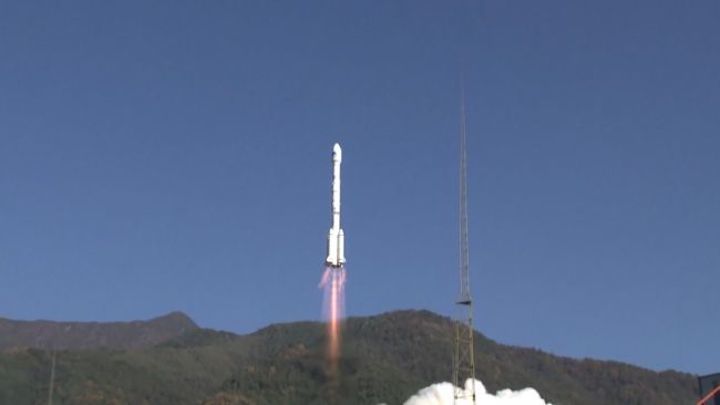18.12.2019

As 2019 draws to a close, China's space program shows no sign of slowing down its recent feverish pace of launching rockets successfully.
China hefted two new satellites for its Beidou Navigation Satellite System into space on Monday (Dec. 16), according to state media reports. The launch took place at 3:22 p.m. local time (2:22 a.m. EST or 0722 GMT) and with it, China nearly finished its goal of deploying the core of its new navigation system.
Footage on the Chinese news outlet CCTV shows the Long March 3A rocket soaring into a cloudless blue sky, backdropped by green foothills. The media outlet stated that only two more of the planned 24 satellites in the constellation remain to be launched. When that happens — which is expected in the first half of 2020 — the constellation will be fully operational, some six months ahead of its original schedule.
The full constellation will have five to six satellites over any given location on Earth at any time, allowing for global navigation services, according to CCTV. So, you can think of this set of Chinese satellites as their equivalent of the American Global Positioning System (GPS) used by vehicle operators and pedestrians around the world.
"The [Chinese] system will be able to provide all-weather, all-time, high-precision navigation, positioning and timing services anywhere around the world, expanding its service scope from regional to global," said Ping Wang, chief designer of the satellites, in the CCTV report. "Its establishment will mark the end of China's dependence on foreign navigation satellites in positioning and timing overseas."
China's latest successful launch comes after the nation launched several rockets in the last six weeks. The country's recent milestones include launching two satellites at the same launch center six hours apart — and another pair from separate areas about three hours apart.
Quelle: SC

